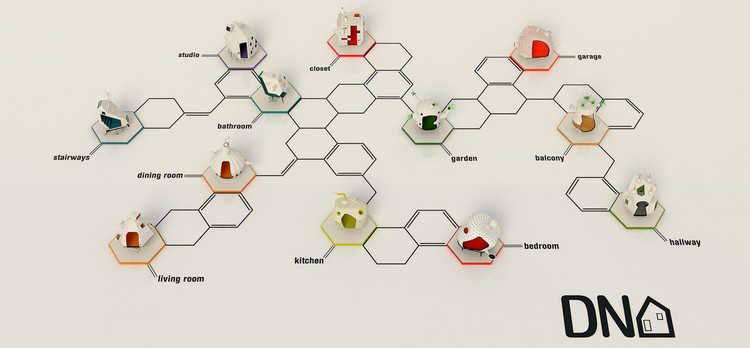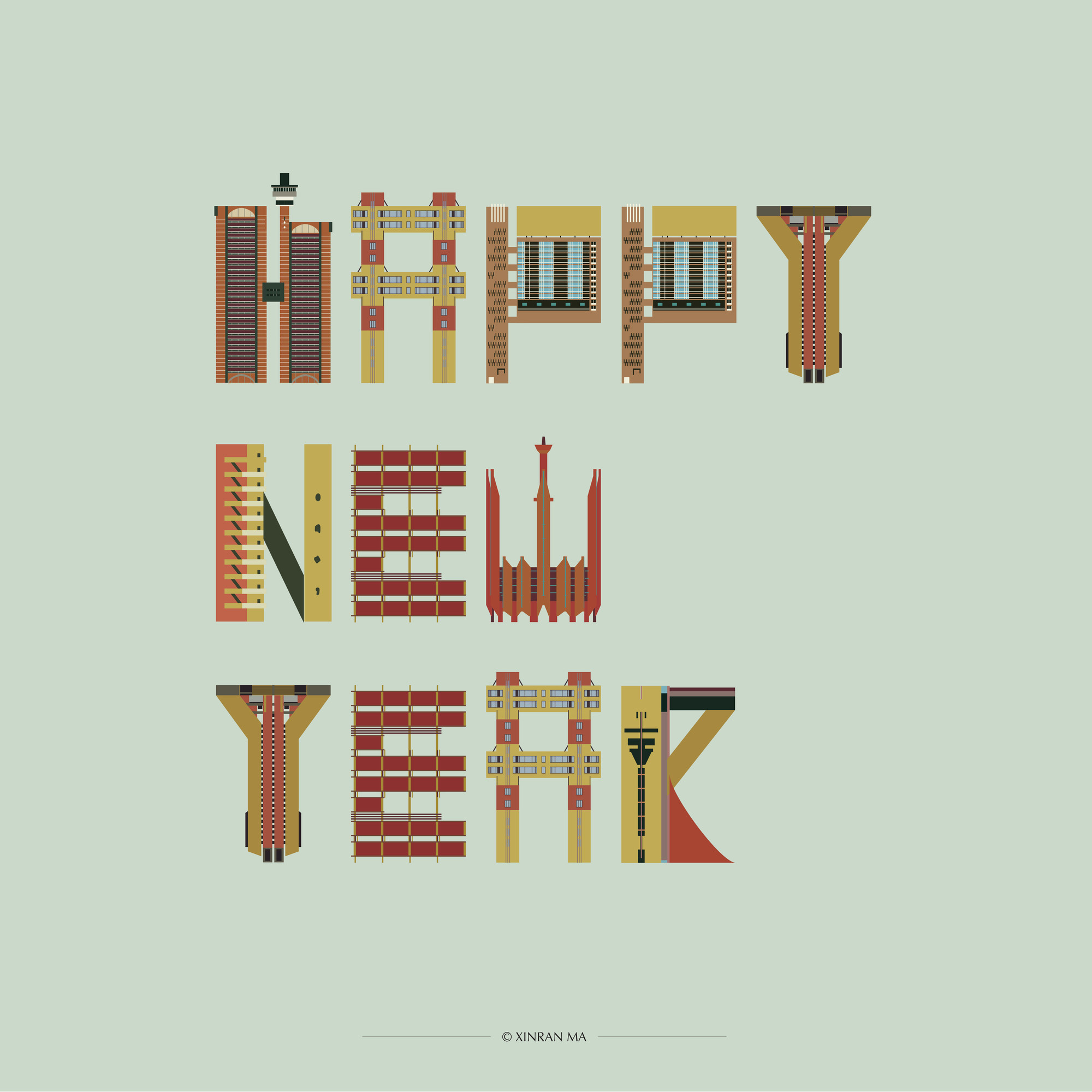
Striping away the unnecessary to reveal the soul of architecture's greatest works is the latest challenge Federico Babina has taken on. With 18 paintings, Babina has revisited the notorious works of Le Corbusier, Tadao Ando, MVRDV, Rem Koolhaas and many others to summarize in just "a few lines" their true essence.
"The intent is to display the volumes, shapes, and even style of iconic architecture through simple lines and geometry," says Babina. "The project is part of a study on the simplification and the identification of the basic elements for the recognition of buildings. The idea is to archive an almost abstract representation without losing the essence of the figurative representation."
























































.jpg?1417633447)




